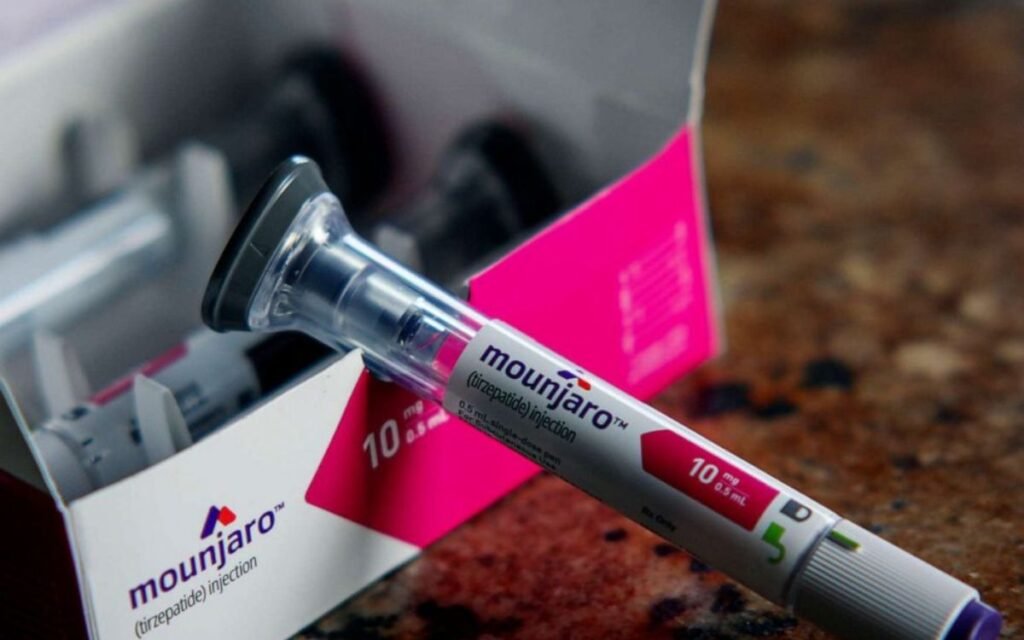Eli Lilly’s diabetes medication Mounjaro has continued to experience robust sales growth despite supply challenges, with the GLP-1/GIP agonist generating $1.4 billion in global sales for the third quarter. This marks a 44% increase from the previous quarter and surpasses Wall Street predictions by 15%.
While demand remains strong, sales could have been higher if not for periodic order fulfillment setbacks that have affected supply volumes, as per Eli Lilly’s statement on Thursday.
Inconsistencies in the supply of Mounjaro’s various doses have been noted, as surging demand occasionally exceeds the company’s production capacity. On an earnings call, Eli Lilly’s CFO Anat Ashkenazi admitted to a constrained supply throughout most of the quarter.
Despite all doses of Mounjaro being listed as available on the FDA’s drug shortage website, earlier in the year, it was revealed that the company was struggling to supply four of the solutions.
Also Read: Eli Lilly Sues Fake Mounjaro Sellers For Trademark Infringement And False Advertising
While the distribution and inventory situation in the US has seen improvements, international supply remains constricted, significantly affecting performance in those markets, Ashkenazi pointed out.
To address the supply issue, Eli Lilly invested $450 million in its North Carolina facility to expand its manufacturing capabilities for Mounjaro and other incretin products. The expansion is expected to double the company’s capacity by the year’s end compared to last year.
The CFO highlighted that the company continues to prioritize other aspects of the supply chain as well, anticipating sustained high demand and potential production bottlenecks that may arise.
Beyond the North Carolina investment, in April, Eli Lilly announced a further $1.6 billion investment in new manufacturing facilities in Indiana.
CEO David Ricks, on the investor call, emphasized the company’s aggressive plans for expanding production capacity, recognizing the need to significantly increase the supply of injectable incretins.
He also mentioned ongoing third-party collaborations to diversify the portfolio of contractors and secure as much production capacity as possible.
The push to expand capacity is driven by the anticipation of an FDA approval for Mounjaro’s use in weight loss, which could further escalate demand. Lilly has submitted applications for this new indication to both the FDA and the European Medicines Agency, though the regulatory timelines remain unspecified.
Also Read: Eli Lilly’s Tirzepatide Succeeds In 2 More Late-Stage Obesity Trials Ahead Of FDA Decision
Comparatively, Novo Nordisk’s competing GLP-1 agonist, Wegovy, used for chronic weight management, has also been dealing with supply constraints. Nevertheless, Wegovy sales rose to approximately $1.4 billion in the third quarter.
Mounjaro, also known as tirzeptide, has demonstrated superior weight loss results compared to Wegovy in clinical trials. With this confidence, Eli Lilly has initiated a direct comparative study of tirzeptide against Wegovy in patients who are obese or overweight.
Eli Lilly’s total sales for the third quarter climbed 37% from the previous year to $9.5 billion, with the breast cancer drug Verzenio also significantly contributing to this growth, showing a 62% sales increase from the same quarter last year, reaching over $1 billion.





























